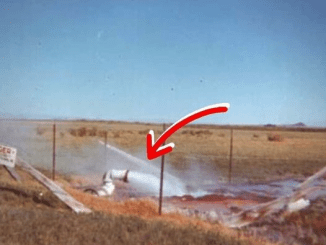Starbucks is planning to close 16 locations across various cities, citing safety concerns.
“After careful consideration, we are closing some stores in locations that have experienced a high volume of challenging incidents that make it unsafe to continue to operate,” a spokesperson told CNN Business in an email.
The stores are in Seattle; Los Angeles; Philadelphia; Washington, DC, and Portland, Oregon. They will be closed by the end of July.
The decision comes as Starbucks works to change the company culture under interim CEO Howard Schultz — and as employees across the country vote to unionize.
In a Monday letter to employees, Debbie Stroud and Denise Nelson, both senior vice presidents of US operations, discussed safety in Starbucks stores.
Employees are “seeing firsthand the challenges facing our communities — personal safety, racism, lack of access to healthcare, a growing mental health crisis, rising drug use, and more,” they wrote, adding that “with stores in thousands of communities across the country, we know these challenges can, at times, play out within our stores too.”
Stroud and Nelson said they “read every incident report you file,” adding, “it’s a lot.”
To make workers feel safer in stores, the company is offering active shooter training and other types of trainings, they wrote.
It’s also offering mental health benefits, access to abortion care, clarity around shifts and store policies, and more, the letter stated. The company also may close restrooms to the public, overturning a 2018 policy.
In cases where it isn’t able to create a safe environment in a store, Starbucks will close it permanently, the letter said. In those instances, the company will move employees to neighboring stores.
A new era for Starbucks
The moves are part of a broader effort to revamp the company, as outlined in a Monday letter from Schultz.
“We need to reinvent Starbucks for the future,” he wrote, noting that the company must “radically” improve employee experiences. He added that based on feedback from employees, the company will strive to create “safety, welcoming and kindness for our stores.”
Schultz stepped into the CEO role for the third time in April. Over the past several months he has spent time with employees, listening to their concerns and gathering feedback. He’s also been working to dissuade workers from unionizing, asking workers to steer clear of unions even before he formally returned to the company as chief executive.
But the unionization drive has only been growing.
As of June 24, the NLRB has certified unions at 133 Starbucks stores with more than 3,400 hourly employees among them, and certified decisions against unionization at 15 locations. Elections are underway at dozens of additional stores.
Even with the the pro-labor votes, unionized stores make up a only fraction of Starbucks’ roughly 9,000 company-operated stores in the United States. But Starbucks has made clear that it doesn’t want employees to join a union, and that it won’t guarantee certain benefits to those who do.
In a tweet, Starbucks Workers United Seattle questioned whether the decision to close one of the Seattle locations was made in good faith.
And in June, Starbucks workers at an Ithaca, New York, store claimed their location was being shut down in retaliation for their union activism. The worker committee said at the time that it was filing an Unfair Labor Practice charge with the National Labor Relations Board, alleging that Starbucks was making a “clear attempt to scare workers across the country.”
Regarding that store closure, a company spokesperson said at the time that Starbucks opens and closes stores as part of its regular operations, without offering specific reasons.
“Our local, regional and national leaders have been working with humility, deep care and urgency to create the kind of store environment that partners and customers expect of Starbucks,” the Starbucks spokesperson said in June. “Our goal is to ensure that every partner is supported in their individual situation and we have immediate opportunities available in the market.”
During its most recent fiscal year, Starbucks closed 424 US company-operated stores, or about 5% of its total, while opening 449 new locations.


